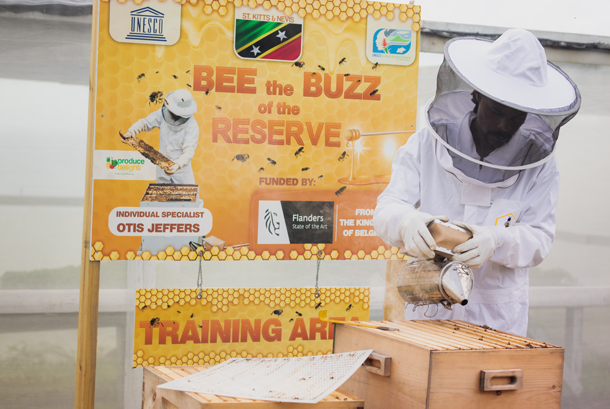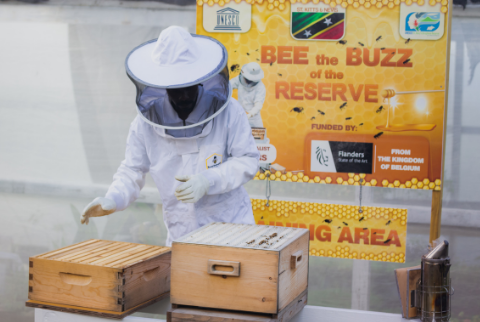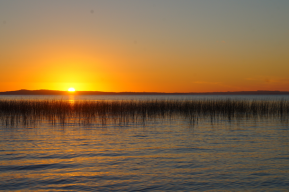
Saint Mary's
The size of a territory matters little when there is no limit to the desire to contribute to change. In Saint Kitts and Nevis, young people are conscious of the environmental crisis and the need to create better living conditions for their community. Indeed, learning and sharing for a better future is the driving force behind change in the Saint Mary’s Biosphere Reserve.
In this podcast, Otis Jeffers explains his project 'Bee the Buzz of the Reserve' and the wonderful world of beekeeping.
Leatherback turtles (Dermochelys coriacea) nest on the beaches of Saint Mary's Biosphere Reserve. After hatching they measure just 7 cm, but as adults they are the largest sea turtles in the world, measuring up to 2 m.

Saint Kitts and Nevis is home to 52,835 people, and became the third Caribbean island country, after Cuba and the Dominican Republic, to designate a biosphere reserve.
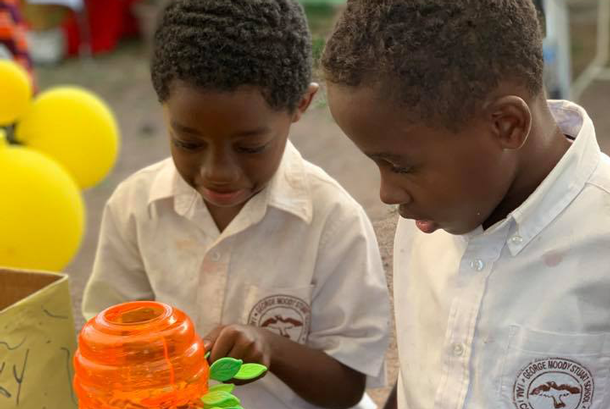
Cloud forests, mangroves and coral reefs can all be found in Saint Mary’s, but its most distinctive feature are the ghauts or steep ravines leading down to the sea, carved by sudden streams during torrential downpours.

The fishing bat (Noctilio leporinus) is one of the only remaining native terrestrial mammals on the island. It can detect water ripples and fins the size of a human hair by using ecolocation to catch its fishy prey.
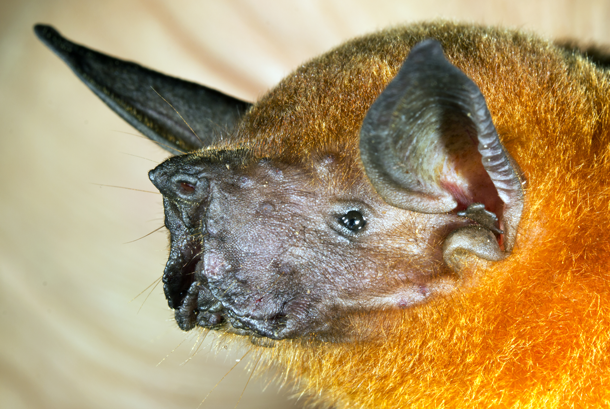
A group of young people created the project ‘Bee The Buzz of the Reserve’ to create beekeeping opportunities and to promote biodiversity conservation and education on the importance of pollination and pollinators.
